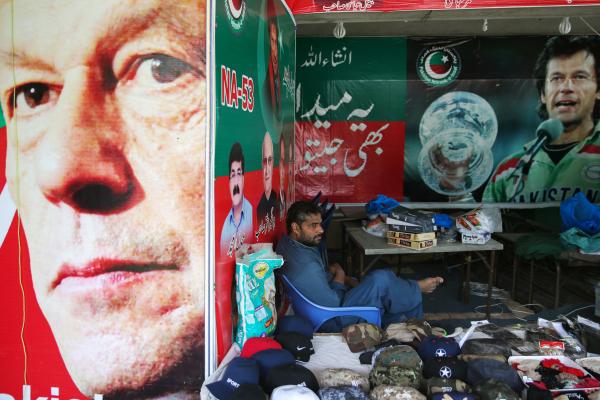Aug 8, 2018
They have been the targets not only of electoral discrimination but also of vandalism against their places of worship.
Read the Full Article

Already a subscriber? Login

They have been the targets not only of electoral discrimination but also of vandalism against their places of worship.
